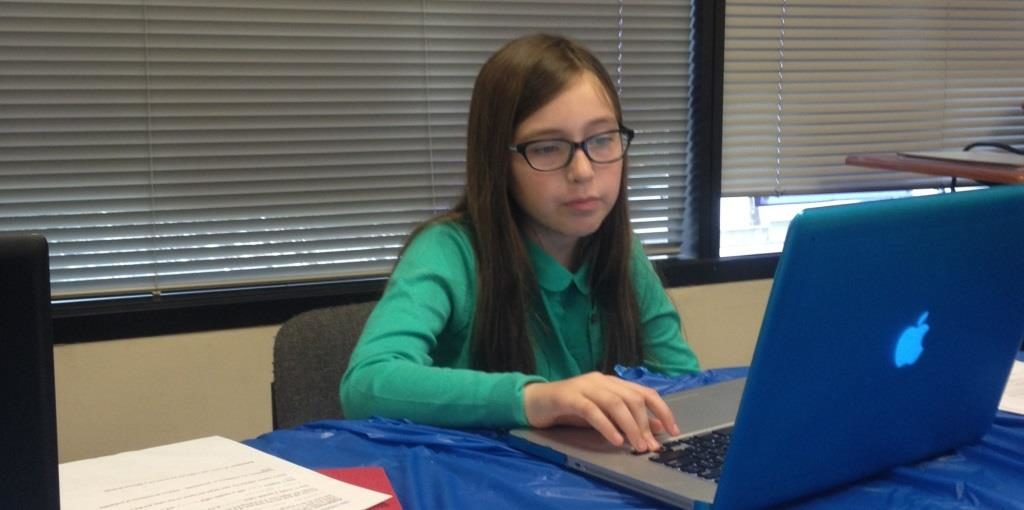
Which child do you think has the greatest educational needs; a gifted student or a student with a learning disability? Most people will instinctively opt for the child with a learning disability. However, the gifted student often has just as many educational needs. These needs are not always recognized or, in some cases, are dealt with inappropriately.
For example, in an average mixed ability class, a teacher assigns a task which the majority of students should complete at roughly the same time. The gifted student will complete the assignment way ahead of the rest of the class and then want other things to do while his or her classmates finish. The teacher may assume that the gifted student should be able to organize their own time until the rest of the class has caught up. However, this makes a number of assumptions. First, that the teacher has, through appropriate training or experience, recognized the child is gifted, and second, that the student doesn’t want any more feedback from, or dialog with the teacher.
Not all gifted children allow their superior skills to be apparent. A teacher may have no idea that they have a gifted student in their class who needs just as much of their time and attention as the average or remedial student. There are several reasons why gifted kids keep their talents under wrap. Some gifted kids do not want to appear ‘different’ or ‘precocious’ to their classmates. This may be because of fears of bullying or concerns about being ostracized by the rest of the group.
Some older teachers never received the right skills to work with a gifted student when they were training. It’s a fact that teachers who teach kids with special needs are 2.5 times more likely to suffer from high ‘burn out’ and therefore more likely to quit teaching. So some teachers may even subconsciously ignore a child’s abilities as they don’t have the time to take on extra work. For some teachers, there may also still be a trace of attitudes from the 1960s when a teachers’ union is alleged to have said that teachers must never treat bright kids as if they are superior.
A gifted student may sense when an adult is unable to work at their level. Some gifted kids will retire within themselves, but then run the risk of being branded shy and awkward. However, a teacher may accept this because, as long as the student completes their allocated tasks and doesn’t cause any problems, the teacher has more time available to concentrate on other students. Conversely, a gifted child may demand attention because, having completed a task in a short time, they become frustrated, bored or just object to the less able receiving an undue share of their teacher’s time. Shouting out questions or regularly articulating ideas aloud is likely to give the gifted student a reputation of being disruptive or not ‘fitting in’ with the rest of the class. Those gifted children, who are expected to take a share of the teaching by assisting and mentoring weaker classmates, may end up as adults whose memories of school are anything but happy.
So, what is the best way to assist gifted kids in reaching their full potential? The ideal way is to spend more money, either in teachers’ training, or putting more money into classroom equipment for the gifted student’s sole use. However, the reality is that with current budget cuts it is more likely that any extra assistance for gifted kids will be reduced rather than increased. There is a general increase in the number of kids who are being home educated, although how many of these children are gifted is unknown.
The good news is there are relatively easy and inexpensive ways to help students reach their full potential within the public school system. For example, most e-learning software adjusts the difficulty of activities according to an individual’s abilities and also monitors his or her progress. This means that gifted students are able to work at a pace which is appropriate for them without disrupting the rest of the class or putting additional burdens on the teacher. Taking these advantages into account, investing in appropriate software and specially designed educational programs should be seen as an integral part of any school’s budget. Just as importantly, such a simple solution means that everyone gains.










